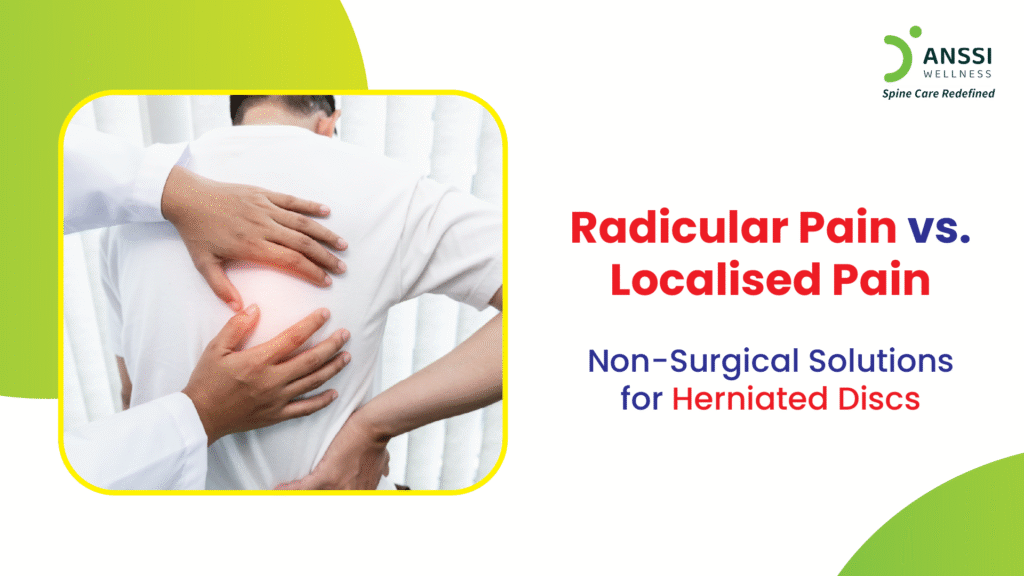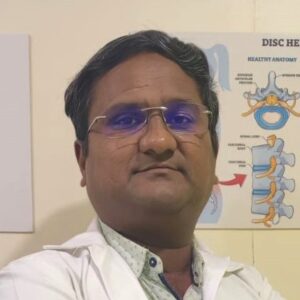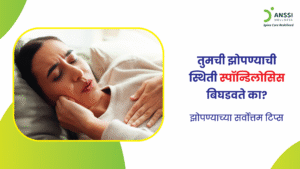Back pain is one of the most common health problems of the modern age, affecting millions worldwide. While mild backaches may result from muscle fatigue or poor posture, persistent or radiating pain could signal something more serious like a herniated disc.
Understanding the type of pain you experience is key to choosing the right treatment. Two primary forms of pain associated with disc problems are radicular pain and localised pain.
Though they may seem similar, they differ in cause, symptoms, and management.
The good news? With non-surgical treatments, most herniated disc cases can be effectively managed without the need for invasive procedures.
Understanding the Herniated Disc
Your spine is made up of small bones called vertebrae, separated by cushion-like discs that absorb shock and allow flexibility. Each disc has a tough outer layer (annulus fibrosus) and a soft, gel-like centre (nucleus pulposus).
A herniated disc occurs when this inner material leaks out through the outer layer due to wear, injury, or strain. This extruded portion can compress nearby spinal nerves, causing pain, numbness, or weakness.
The pain that results can be either localised to the back/neck or radiate along the nerves into other parts of the body, leading us to the two distinct types of pain: localised pain and radicular pain.
Localised Pain: When the Discomfort Stays in the Spine
Localised pain refers to discomfort that is confined to a specific area of the spine, usually around the injured disc. It typically feels like a dull, aching, or sore sensation. You might notice stiffness, tightness, or difficulty bending and twisting.
This pain occurs when the herniated disc irritates the surrounding ligaments, muscles, or joints; but doesn’t press directly on the spinal nerves. It’s often mechanical in nature, meaning it’s triggered or worsened by certain movements, postures, or prolonged sitting.
Common examples include lower back pain after long hours at a desk or neck stiffness after sleeping in an awkward position. While localised pain may not radiate down the limbs, it can still be quite limiting and interfere with daily activities if left untreated.
Radicular Pain: When Pain Travels Beyond the Spine
Radicular pain occurs when the herniated disc presses on or inflames a spinal nerve root. This compression disrupts normal nerve function, causing pain to radiate along the path of the affected nerve.
In the lower spine, this often results in sciatica, pain that travels from the lower back through the buttock and down one leg. In the neck, nerve compression may cause pain that extends into the shoulders, arms, or fingers.
Radicular pain is typically sharp, shooting, or burning in nature. Some people describe it as an electric shock-like sensation. It may be accompanied by numbness, tingling, or muscle weakness in the affected limb.
This type of pain is generally more severe and debilitating than localised pain because it directly involves the nervous system. Without proper care, prolonged nerve compression can lead to chronic pain or even nerve damage.
How to Tell the Difference
Understanding whether your pain is localised or radicular is essential for choosing the right approach to recovery.
- Localised pain stays around the spine, often as an ache or stiffness.
- Radicular pain spreads along the limbs, often accompanied by tingling or weakness.
If your pain radiates, worsens with movement, or causes changes in sensation or muscle strength, it’s important to seek medical evaluation. Early diagnosis can prevent the condition from worsening and reduce the risk of long-term complications.
Non-Surgical Treatment Options for Herniated Discs
Most herniated disc cases do not require surgery. Modern non-surgical treatments can relieve pressure, improve alignment, and support healing naturally. These treatments address both localised and radicular pain effectively, targeting the root cause instead of just masking symptoms.
1. Non-Surgical Spinal Decompression Treatment
It is a breakthrough treatment designed to relieve disc pressure and restore spinal balance. This advanced procedure gently stretches the spine using a specialised decompression table, creating negative pressure within the affected disc.
This negative pressure helps retract the herniated material, relieving nerve compression and promoting the flow of nutrients, oxygen, and fluids into the disc for healing. Over time, non-surgical spinal decompression treatment reduces pain, restores mobility, and improves overall spinal health, without surgery, injections, or medication.
2. Physiotherapy and Exercise
Physiotherapy plays a crucial role in recovery from a herniated disc. Through targeted exercises and stretches, physiotherapy strengthens the supporting muscles of the back and neck, improves flexibility, and enhances posture.
Therapists may also use manual therapy, ultrasound, or electrical stimulation to reduce pain and inflammation. Regular guided exercise prevents recurrence and supports long-term spinal stability.
3. Posture Correction and Ergonomics
Poor posture is one of the leading contributors to spinal problems. Correcting your posture while sitting, standing, or working can significantly reduce strain on spinal discs. Ergonomic adjustments, such as using a lumbar-support chair, maintaining screen height at eye level, and keeping feet flat on the floor, help significantly in preventing future disc issues.
4. Lifestyle Modifications
Healthy habits complement all forms of therapy. Staying hydrated, maintaining a balanced diet, and engaging in low-impact physical activities like walking, yoga, or swimming support spinal health. Adequate rest and mindful movement throughout the day also prevent disc stress and stiffness.
When to Seek Professional Help
If your pain persists beyond a few weeks, radiates into your limbs, or is accompanied by numbness, tingling, or muscle weakness, you should consult a spine specialist. Timely evaluation can determine whether your symptoms stem from a herniated disc and guide you toward the most effective non-surgical treatment plan.
Delaying care can worsen nerve compression and increase the risk of chronic pain. Early intervention, on the other hand, can reverse symptoms and restore function naturally.
About ANSSI:
ANSSI Wellness focuses on improving the quality of life for patients suffering from spinal issues, aiming to provide relief where other conventional treatments have failed. Through advanced Non-Surgical Spinal Decompression Treatment, ANSSI is committed to helping patients avoid surgery and recover in a safe, effective, and compassionate environment.
Connect with ANSSI Wellness on LinkedIn, Instagram, and Facebook for expert guidance.




